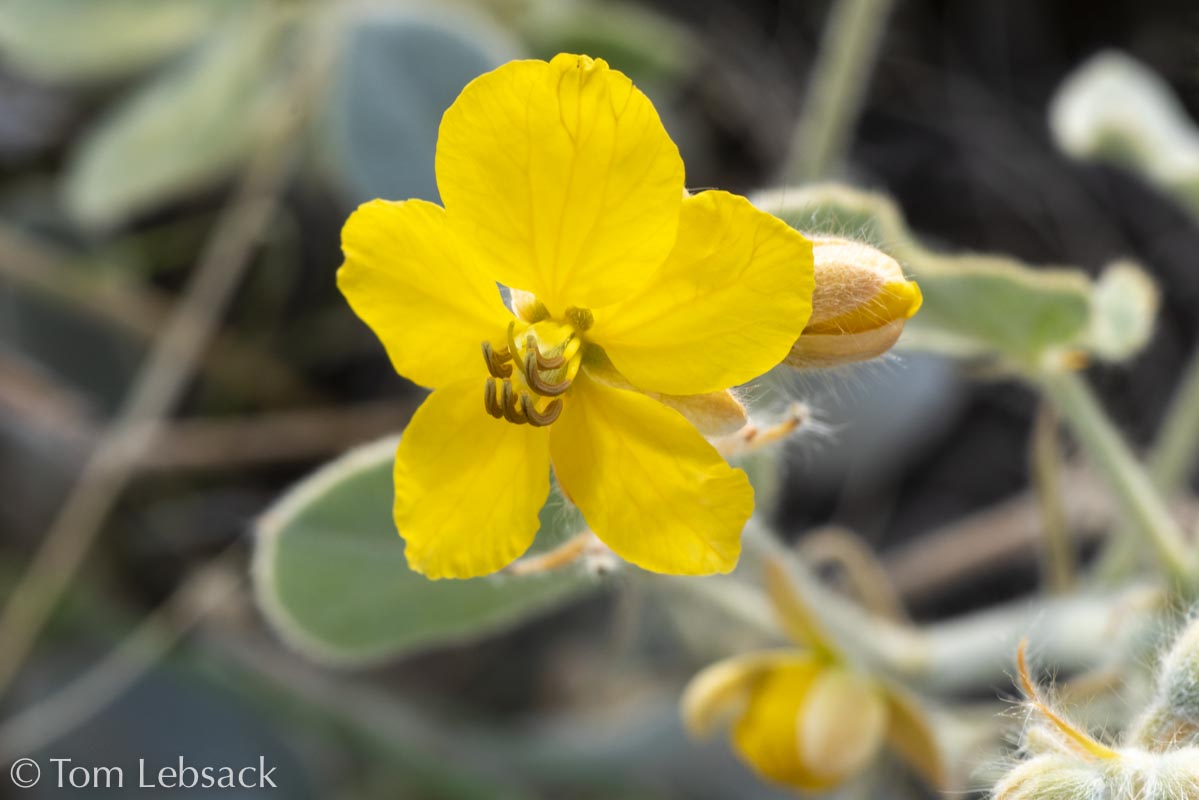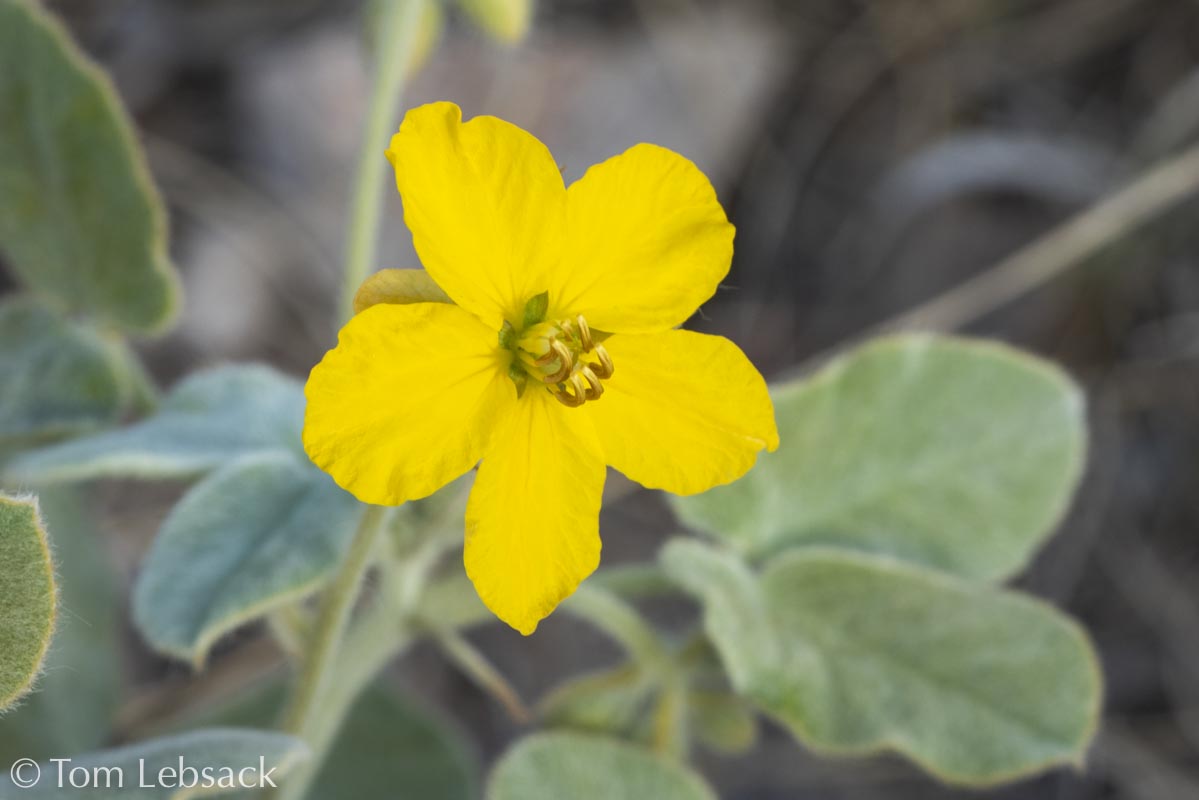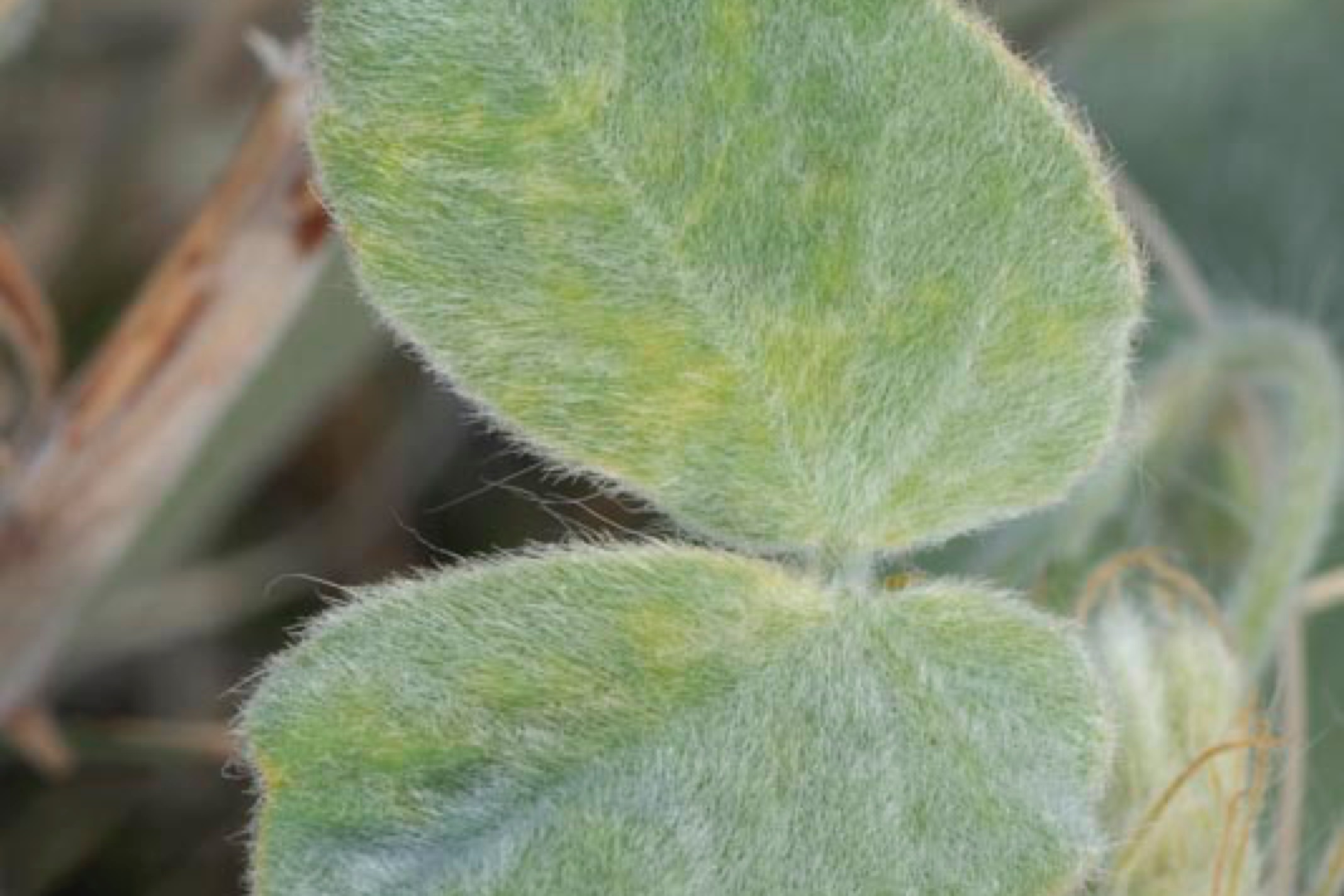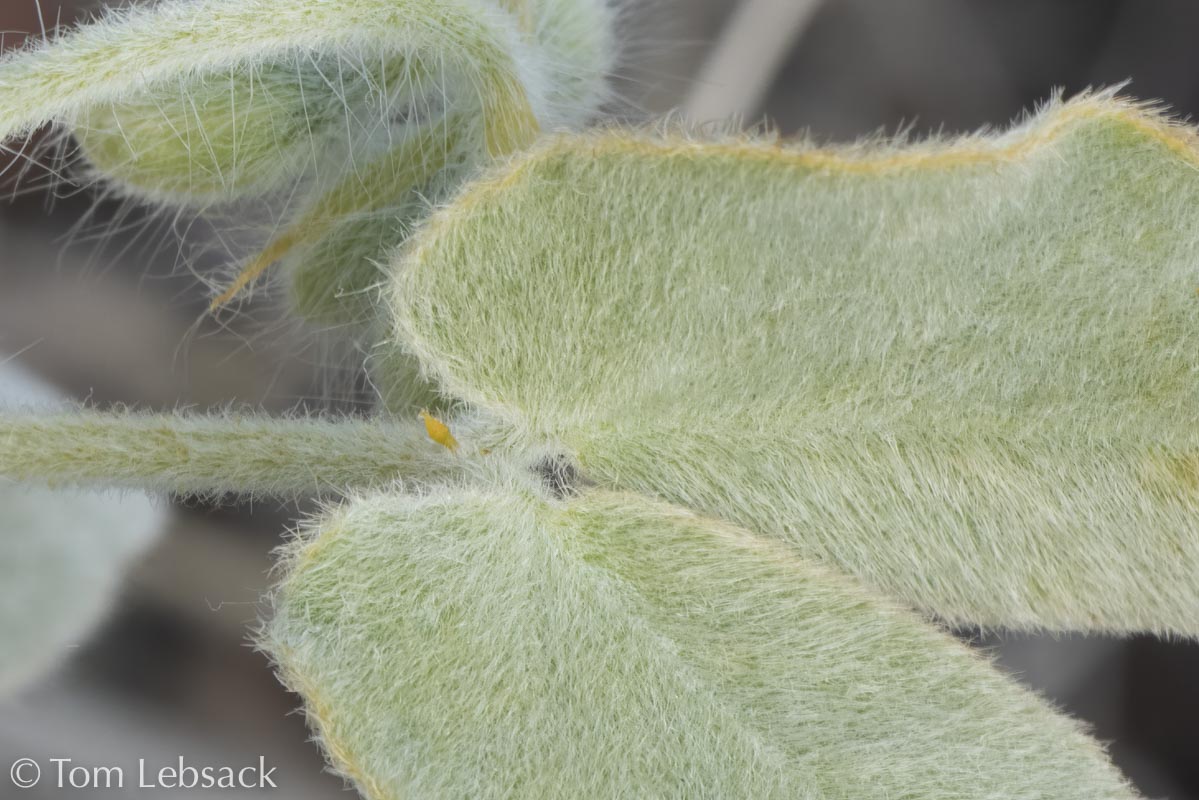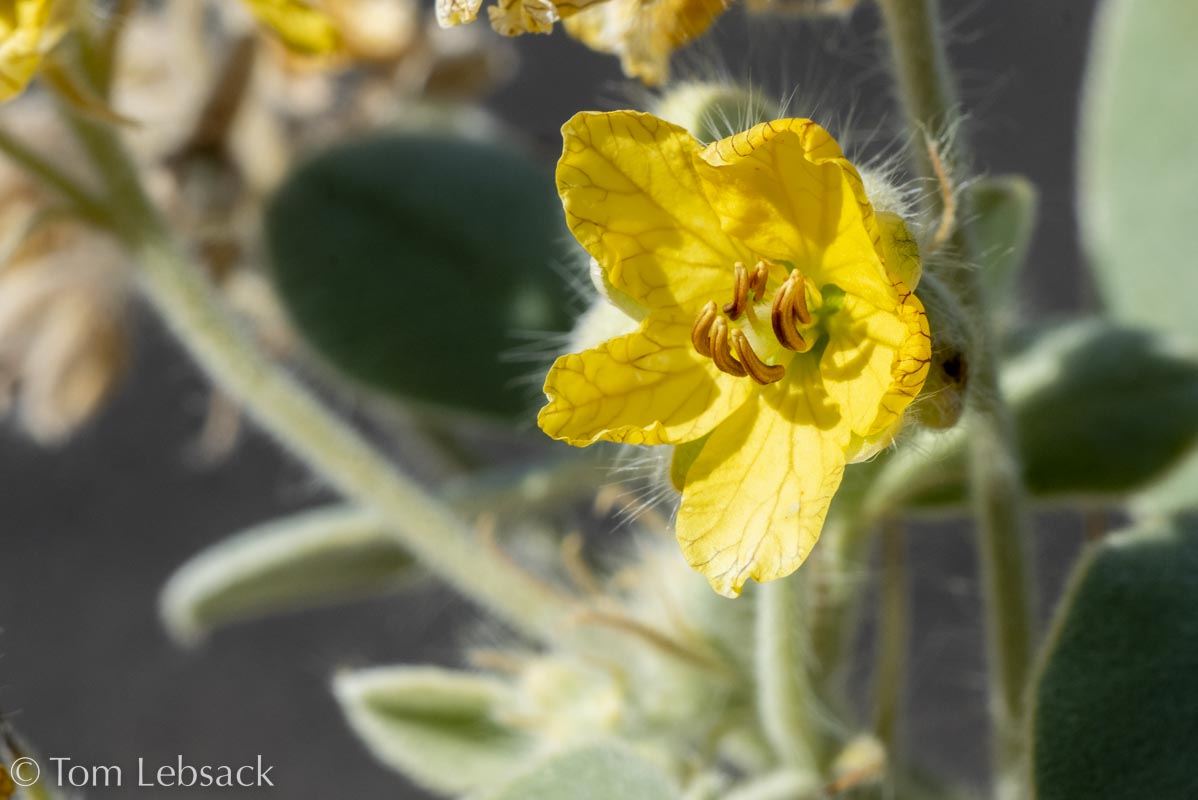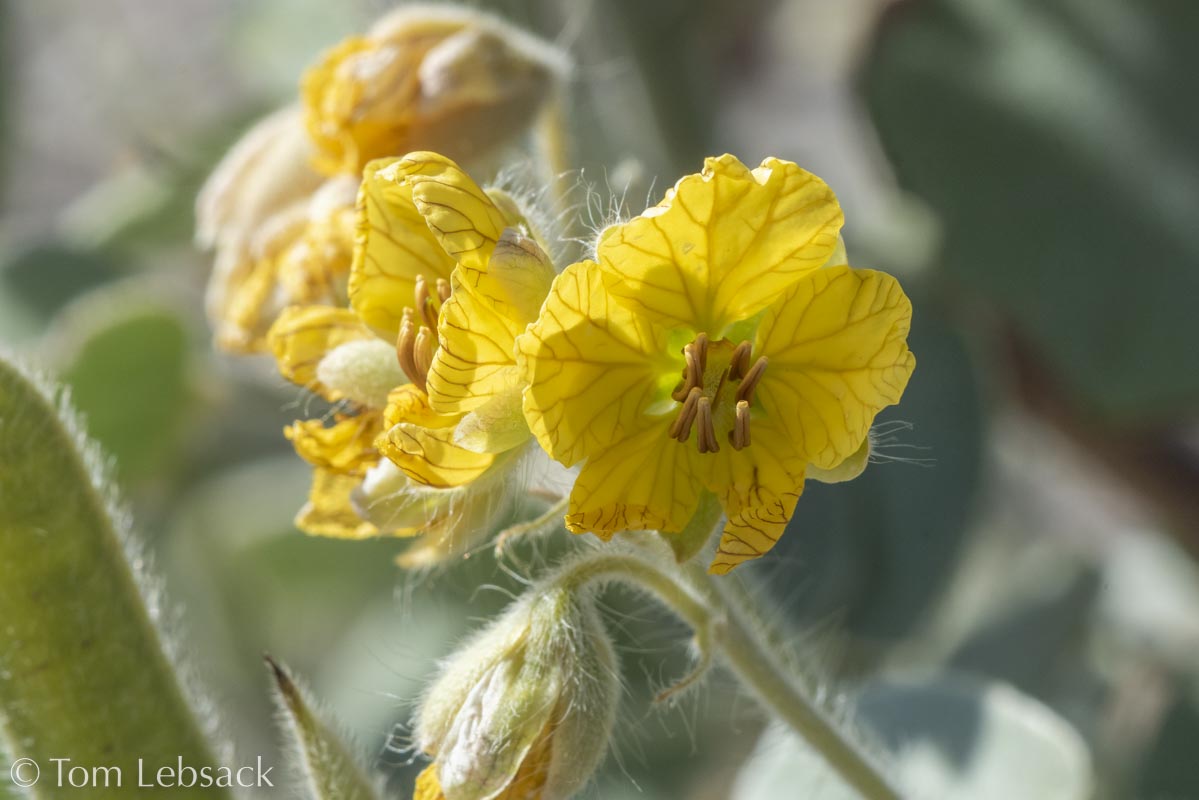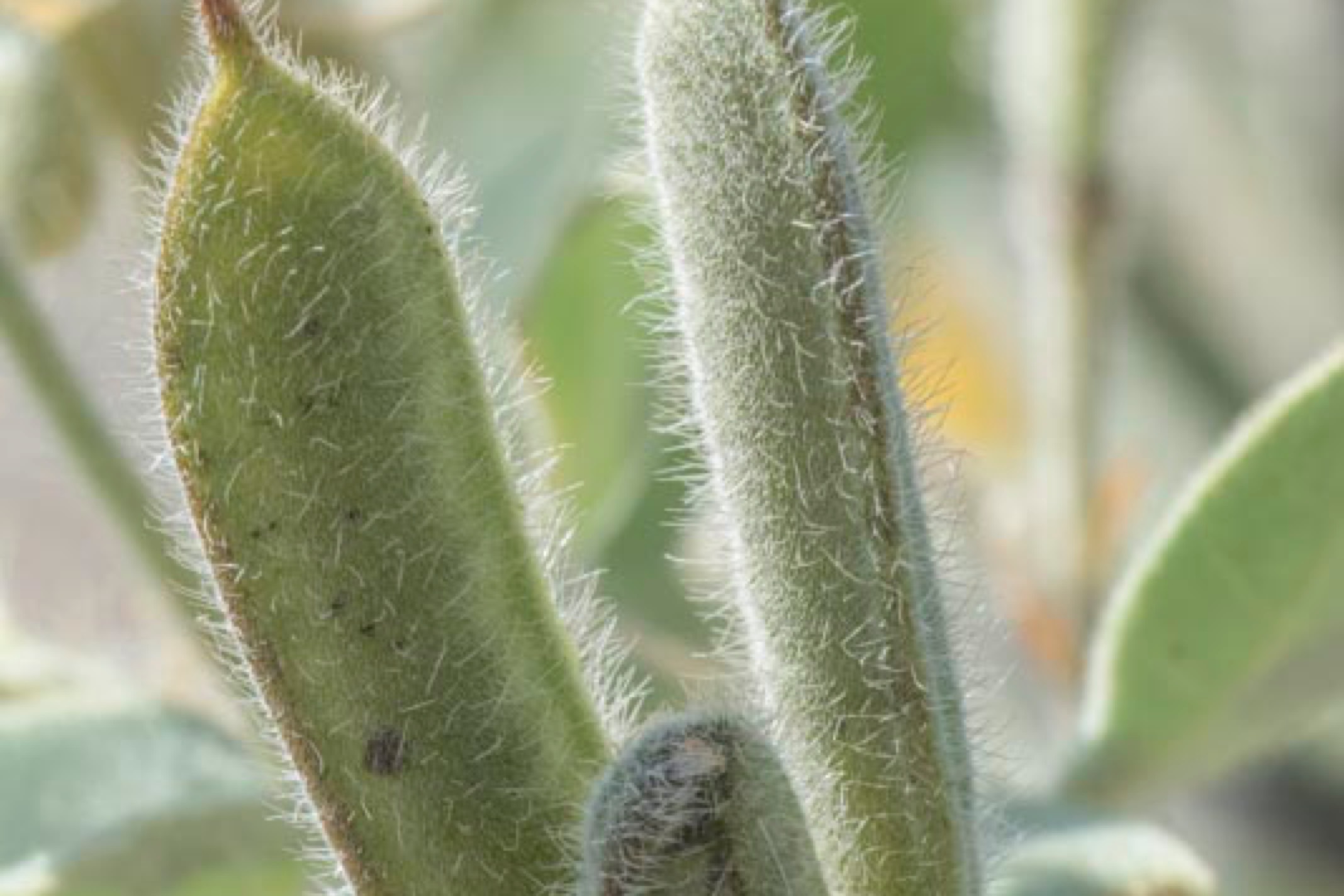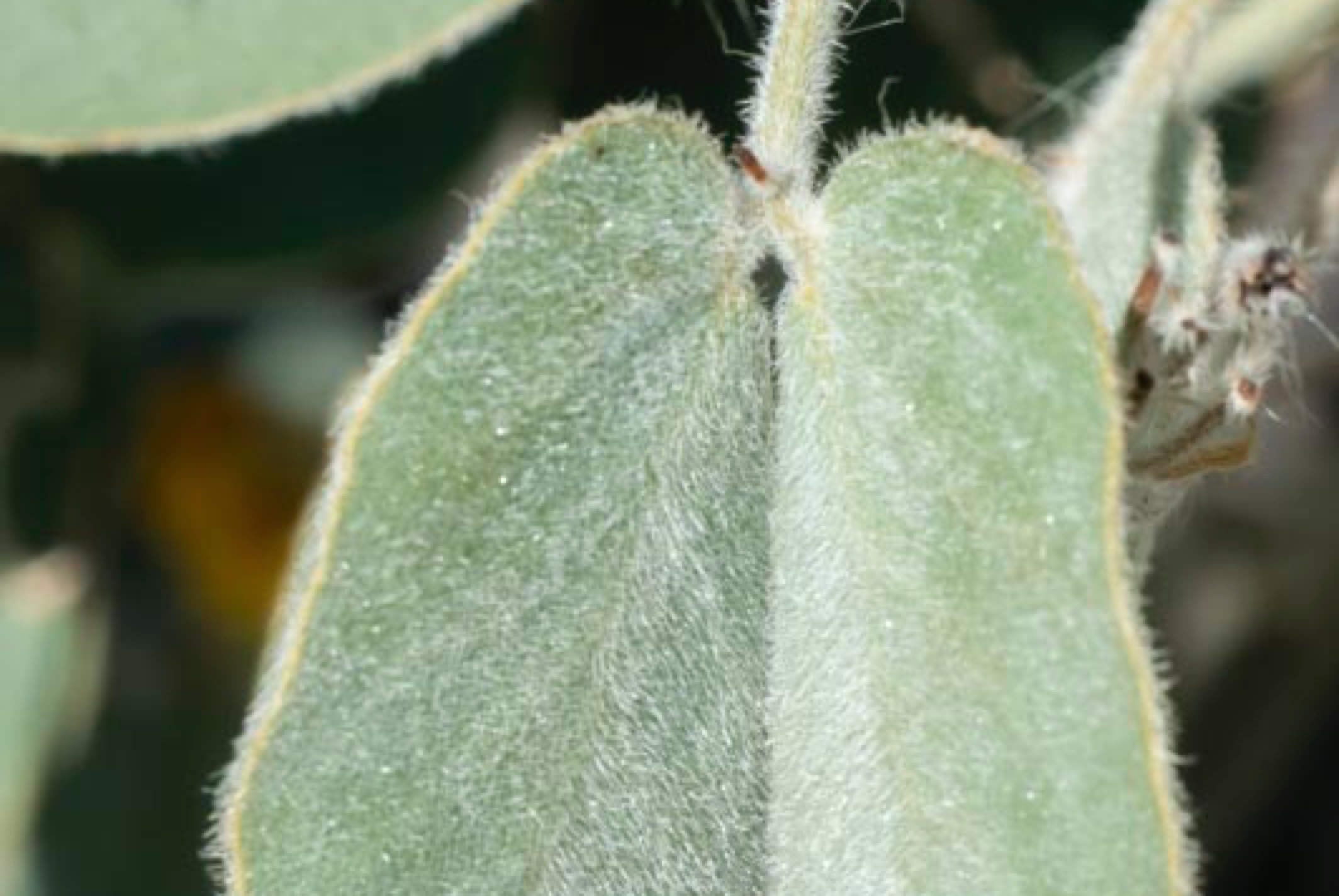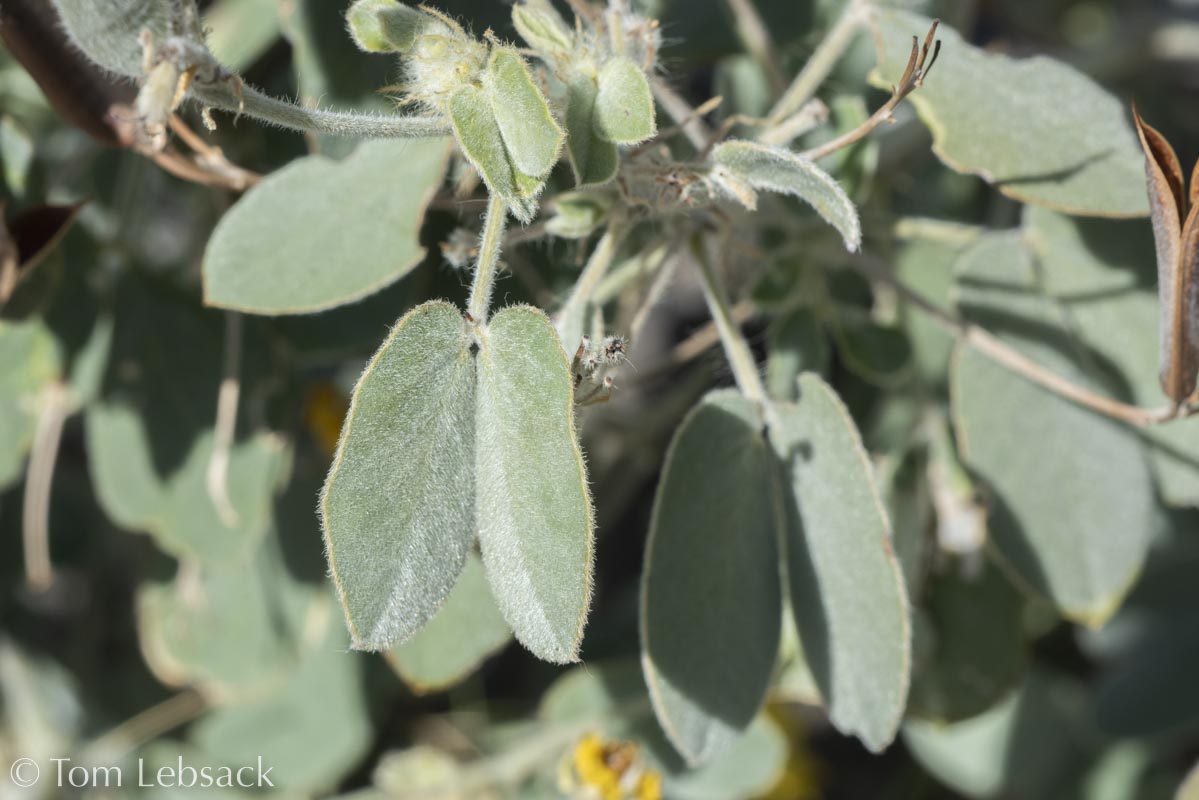Texas Wildbuds
Senna bauhiniodes
(Twinleaf Senna)
| Scientific Name | Senna bauhinioides (Cassia bauhinioides) | USDA PLANTS Symbol | SEBA3 |
| Common Name | Twinleaf Senna | ITIS Taxonomic Serial No. | 505146 |
| Family | Fabaceae (Pea) | SEINet Reference |
Click Here |
| Description | Habitat: Dry, gravelly soils in flats and plains, along washes and on rocky slopes, from 2,000 to 5,500 ft. Plant: Perennial with spreading or ascending stems, usually branched, up to 16 inches long; stems with gray, woolly hairs. Leaves: Compound leaves with one pair of unsymmetrical oblong to ovate leaflets, 3/4 to 1-3/4 inches long and 3/8 to 1-1/4 inches wide on petioles about the same length as the leaflets; thin, erect, brownish gland between the leaflets; fine hairs on both leaflet surfaces. Inflorescence: Clusters of 1 to 3 pale yellow flowers on peduncles arising from leaf axils and 3/4 to 1-5/8 inches long; drooping flowers about 1-1/4 inches across with 5 petals with obvious brownish veins; 10 light brown stamens, the upper 3 much shorter; hairy sepals about 1/4-inch long. Bloom Period: April to August. Fruit: Slightly curved pods 1-1/4 to 1-5/8 inches long and 1/4 to 1/3 inch wide, covered with fine hairs. References: SEINet and Cassia bauhinioides in "Manual of the Vascular Plants of Texas" by Correll and Johnston. Note: Very similar to S. durangensis with the main obvious differences being the leaf shape, the number of flowers per cluster and the shape of the pod. The images here are hopefully correctly identified. |
BONAP Distribution Map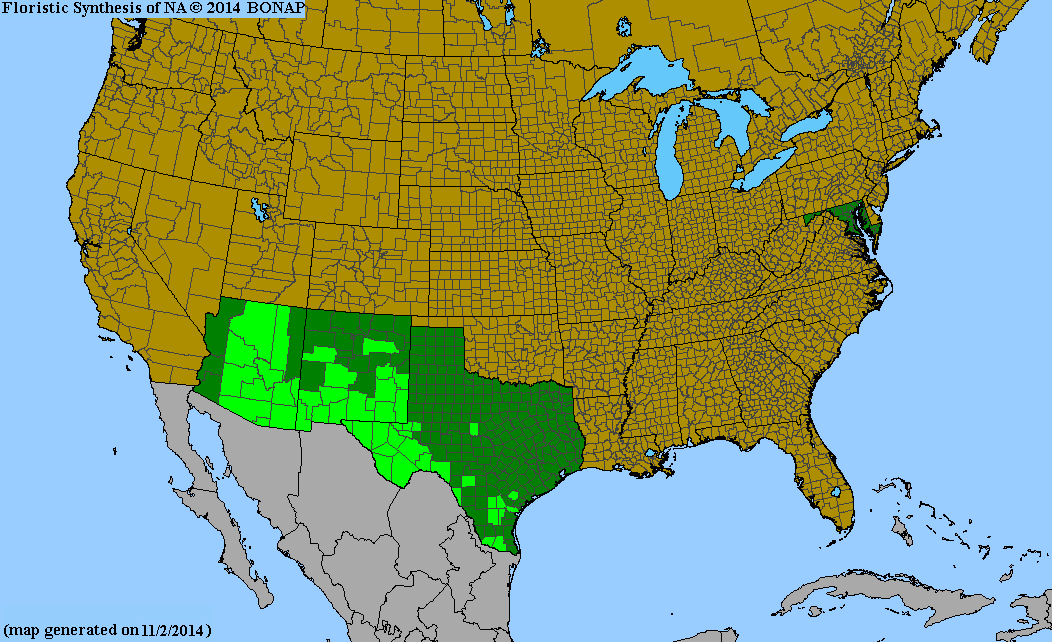 Map Color Key Map Color Key |
Texas Status: Native |
Banner photo of Castilleja indivisa and Lupinus ssp. taken along FM 1323 north of Johnson City, Blanco County
© Tom Lebsack 2025
Every attempt is made to provide accurate, up-to-date, and relevant information, but the completeness or accuracy of any information presented on this website cannot be guaranteed. I use authoritative references to insure high standards of accuracy and review and update the information frequently.
